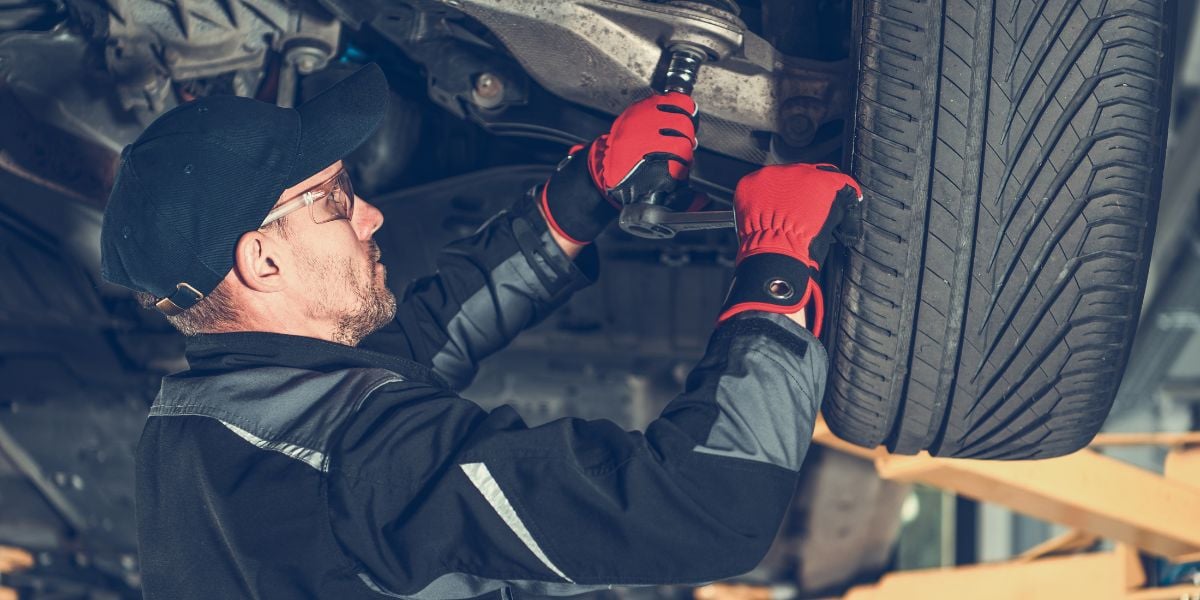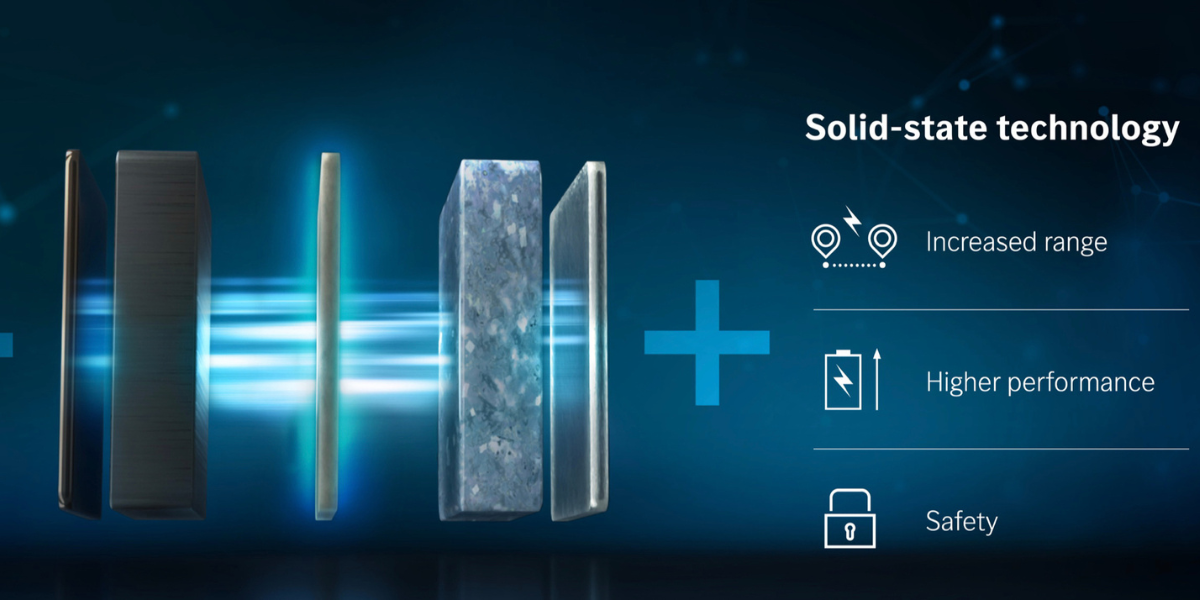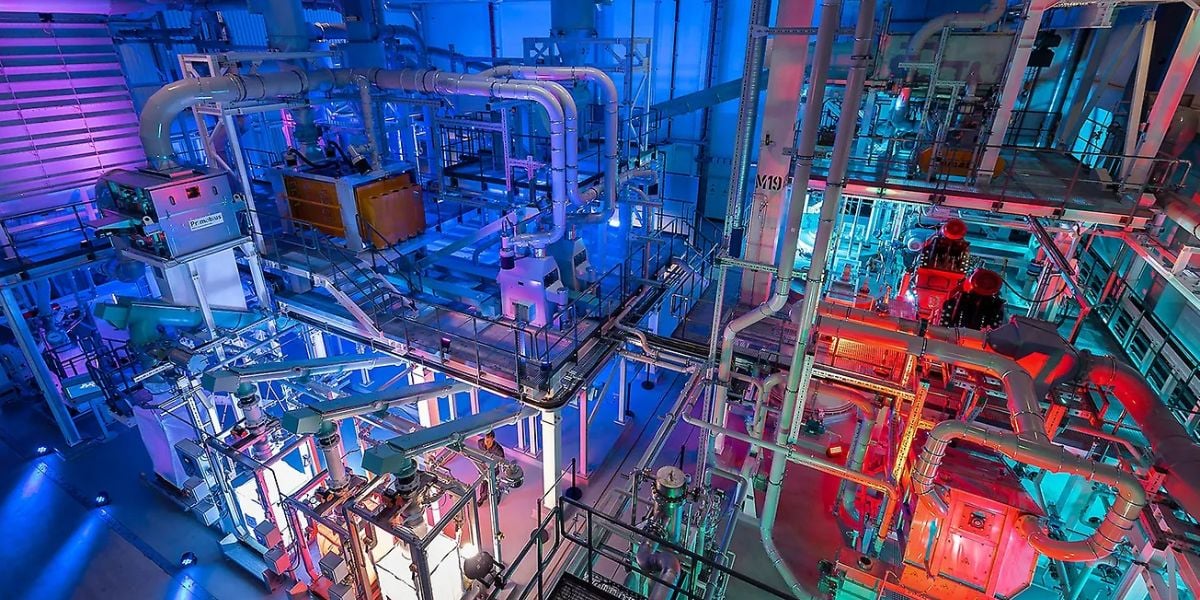Remanufacturing, all the fields of application in automotive – part one
In the automotive industry, as we all know, remanufacturing refers to the process of restoring used or worn automotive components to like-new condition, following strict technical specifications. This month, rematec.com will show the different kinds of remanufacturing in the automotive field.
ICVs powertrain components
In the automotive industry, remanufacturing of powertrain components plays a crucial role in extending the life cycle of vehicles, reducing environmental impact, and lowering repair costs for consumers. The powertrain includes key elements such as the engine, transmission, differential, and transfer case, all of which are essential for vehicle performance and reliability.
Remanufacturing involves a comprehensive process where a used component is disassembled, cleaned, inspected, and rebuilt to meet or exceed original equipment manufacturer (OEM) specifications. Unlike simple repairs, remanufacturing replaces or re-machines worn parts, tests performance under strict quality control, and often upgrades outdated elements using the latest materials or design improvements.
Engine remanufacturing
Remanufactured engines undergo full disassembly, with components such as pistons, cylinder heads, crankshafts, and valves either replaced or reconditioned. The block is typically re-bored and fitted with new bearings and seals. These engines are tested for compression, oil pressure, and emissions compliance. This approach offers a cost-effective and sustainable alternative to engine replacement, particularly in commercial fleets and high-mileage vehicles.
Transmission remanufacturing
Automatic and manual transmissions are commonly remanufactured due to their complexity and high replacement cost. The process includes inspection of gear sets, clutches, and hydraulic systems. Modern remanufacturing often involves software updates for electronic control units (ECUs) that manage transmission behaviour in newer vehicles. Remanufactured transmissions are tested on dynamometers to simulate real driving conditions before being sold
Differentials and transfer cases
These components, crucial for distributing power to the wheels—especially in AWD or 4WD systems—are also frequently remanufactured. The remanufacturing process ensures proper gear alignment, bearing function, and fluid integrity, restoring optimal performance for vehicles used in heavy-duty or off-road conditions.
Brake system components
Remanufacturing brake system components is an essential process that supports sustainability and cost efficiency within the automotive industry. By restoring used components to their original specifications, remanufacturing not only reduces waste but also ensures the reliability and safety of critical vehicle systems.
Brake calipers
Brake calipers are crucial components in the braking system, responsible for squeezing the brake pads against the rotor to generate friction and slow down the vehicle. During remanufacturing, calipers are disassembled, thoroughly cleaned, and inspected for damage or wear. Any defective parts, such as pistons or seals, are replaced with high-quality new components. The caliper body is re-machined to meet original tolerances, and corrosion-resistant coatings are applied to enhance durability. Finally, the remanufactured caliper undergoes rigorous testing to ensure optimal performance and safety standards.
ABS modules
The Anti-lock Braking System (ABS) module plays a vital role in preventing wheel lock-up during braking. Remanufacturing ABS modules requires a comprehensive approach, given their electronic and hydraulic complexity. The process involves diagnosing the module to identify faults, replacing defective electronic components, and recalibrating the unit to meet OEM specifications. Hydraulic parts are also inspected and rebuilt as necessary. After reassembly, the ABS module is subjected to dynamic testing to verify that all functionalities, including fault code clearing and sensor responsiveness, meet required standards.
Brake boosters
Brake boosters amplify the force applied to the brake pedal, making braking more efficient. Remanufacturing a brake booster starts with a detailed inspection to identify diaphragm wear, valve issues, or casing damage. The unit is then disassembled, and worn-out components are replaced. The internal mechanisms are cleaned, and the diaphragm is tested for leaks. The restored brake booster is reassembled and tested for vacuum retention and pressure responsiveness to guarantee reliable performance.
Steering and suspension
Steering and suspension components are critical to vehicle handling, safety, and comfort. Through remanufacturing, these components are restored to OEM standards, extending their life cycle while reducing environmental impact. Below is an in-depth look at the remanufacturing process for key steering and suspension parts.
Steering racks and pumps (Hydraulic and Electric)
Steering racks and pumps are central to the vehicle's ability to turn smoothly and respond accurately to driver input. During remanufacturing, hydraulic and electric steering racks are completely disassembled and cleaned to remove contaminants and worn materials. Key components such as seals, bearings, and bushings are replaced with new, high-quality parts. The rack is re-machined to ensure proper alignment and tolerance specifications are met.
For hydraulic pumps, the restoration process includes testing the pump for pressure consistency, replacing damaged gears or valves, and reassembling with fresh seals and lubricants. Electric steering racks involve additional attention to electronic sensors and motor assemblies, which are tested and recalibrated to ensure responsive performance. Both hydraulic and electric units are subjected to pressure and load testing to confirm they meet OEM standards before being certified for use.
Control arms and ball Joints
Control arms and ball joints are key suspension components that manage wheel movement and alignment. In remanufacturing, control arms are stripped of old bushings and ball joints, cleaned, and inspected for structural integrity. The arms are then reconditioned, and new bushings and ball joints are pressed into place. Any damaged or worn metal components are replaced, and the entire assembly is tested for alignment and fitment precision.
Ball joints are also examined for wear in the housing and ball stud. If necessary, they are machined or replaced to restore optimal performance. Remanufacturing these components not only extends their lifespan but also ensures reliable vehicle handling and stability.
Shock absorbers (including high-end and adaptive systems)
Shock absorbers play a critical role in controlling suspension movement and enhancing ride comfort. In high-end or adaptive suspension systems, shocks are equipped with advanced electronics and variable damping capabilities. The remanufacturing process for these units includes disassembly, cleaning, and inspection of the hydraulic and electronic components. Damaged seals, pistons, and sensors are replaced, and the shock absorber is reassembled with new fluids and recalibrated electronics.
Adaptive systems are specifically tested for dynamic response and electronic communication with the vehicle's control modules. This ensures that remanufactured shocks maintain performance characteristics equivalent to new OEM units.
Turbochargers and superchargers
The remanufacturing of turbochargers and superchargers is an essential process in the automotive industry, aligning performance with sustainability. By restoring these high-performance components to OEM standards, remanufacturing not only extends their lifecycle but also contributes to environmental conservation and economic efficiency.
Turbochargers and superchargers are critical components in modern vehicles, designed to increase engine efficiency and power output through forced induction. Given their high-performance demands and exposure to extreme operating conditions, these components often require maintenance and, eventually, replacement. Remanufacturing offers a sustainable and cost-effective alternative to new parts by restoring used turbochargers and superchargers to OEM (Original Equipment Manufacturer) specifications.
Turbocharger remanufacturing
A turbocharger uses exhaust gases to spin a turbine connected to a compressor, which forces additional air into the engine for improved combustion. Due to its high rotational speeds—often exceeding 150,000 RPM—and exposure to high temperatures, turbochargers are prone to wear and efficiency loss over time.
Remanufacturing process
- Disassembly and cleaning - The turbocharger is completely disassembled, and all components are thoroughly cleaned to remove carbon deposits, oil residue, and debris.
- Inspection - Key components such as the turbine wheel, compressor wheel, shaft, and housing are inspected for cracks, corrosion, or damage. Measurements are taken to verify they meet OEM tolerances.
- Component replacement - Worn-out parts, including seals, bearings, and piston rings, are replaced with new, high-quality components. Damaged turbines or compressor wheels are either re-machined or swapped out entirely.
- Rebalancing - The rotating assembly is dynamically balanced to prevent vibrations during high-speed operation, ensuring reliability and longevity.
- Reassembly and calibration - The turbocharger is reassembled with precision to meet manufacturer specifications. Actuators and wastegates are calibrated to regulate boost pressure accurately.
- Testing - The final unit is tested for boost pressure, oil leaks, and proper airflow under simulated load conditions.
Supercharger Remanufacturing
A supercharger is mechanically driven by the engine's crankshaft and provides instant power boost by forcing more air into the intake manifold. Superchargers, especially Roots-type, twin-screw, and centrifugal models, benefit greatly from remanufacturing due to the wear on internal gears, rotors, and bearings.
Remanufacturing Process
- Disassembly and cleaning - The supercharger is completely taken apart, and components are cleaned to remove oil residue, carbon build-up, and contaminants.
- Inspection - Rotors, gears, bearings, and casings are inspected for wear and alignment issues. Surfaces are checked for scoring or damage that could affect compression.
- Component replacement - All seals, bearings, and gaskets are replaced. If rotors or gears are damaged, they are re-machined or replaced.
- Clearance adjustment - Superchargers are highly sensitive to rotor clearance. During remanufacturing, tolerances are checked and adjusted to match OEM specifications for optimal air compression.
- Lubrication and assembly - High-quality lubricants are applied, and the unit is reassembled with precision.
- Testing - The supercharger is tested for boost output, air pressure stability, and noise levels to ensure it performs as intended.



